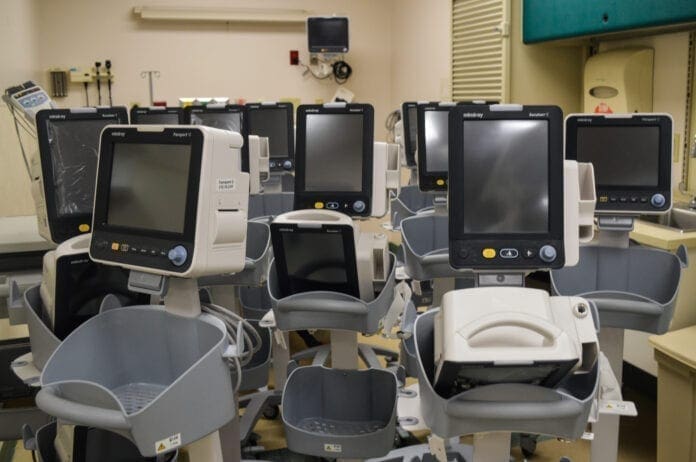His name is Bernie Albertini, and he is the chief operator officer of East Ohio Regional Hospital, but he has been Bernie Albertini since his first day on Earth and has been in the health care industry for more years than he likes to admit.
These days, though, it seems he’s become something of a celebrity.
“I was in Lowe’s the other day, and a lady I don’t know just walked up to me and told me that she lives in Elm Grove and that she’s very excited about East Ohio Regional Hospital,” he said. “She was actually born here years ago, and she just kept telling me how excited she is and that she will be coming here when she needs to.
“It’s humbling, to be 100 percent honest,” Albertini confessed. “But it’s awesome at the same time. We are under-bedded in this region, so when we do open, it’s going to be great situation for local residents, and that is why we are working very hard to make that happen.”
The big difference over the past few weeks involves the delivery of supplies, the contractors working on internal repairs involving the faulty infrastructure and lighting left by former provider Alecto-Ohio, and the out-with-the-old-and-in-with-new approach has promoted more a people presence throughout the medical facility.
“We have a lot of contractors here every day, and with the vendors and our employees, it’s a sign that it’s coming back to life,” Albertini said. “Sure, there’s still a lot of work to do, but that’s why we are here six or seven days a week moving as quickly as we can. This city and this Valley need this hospital, and that’s what our team is going to give them before the end of the year.”

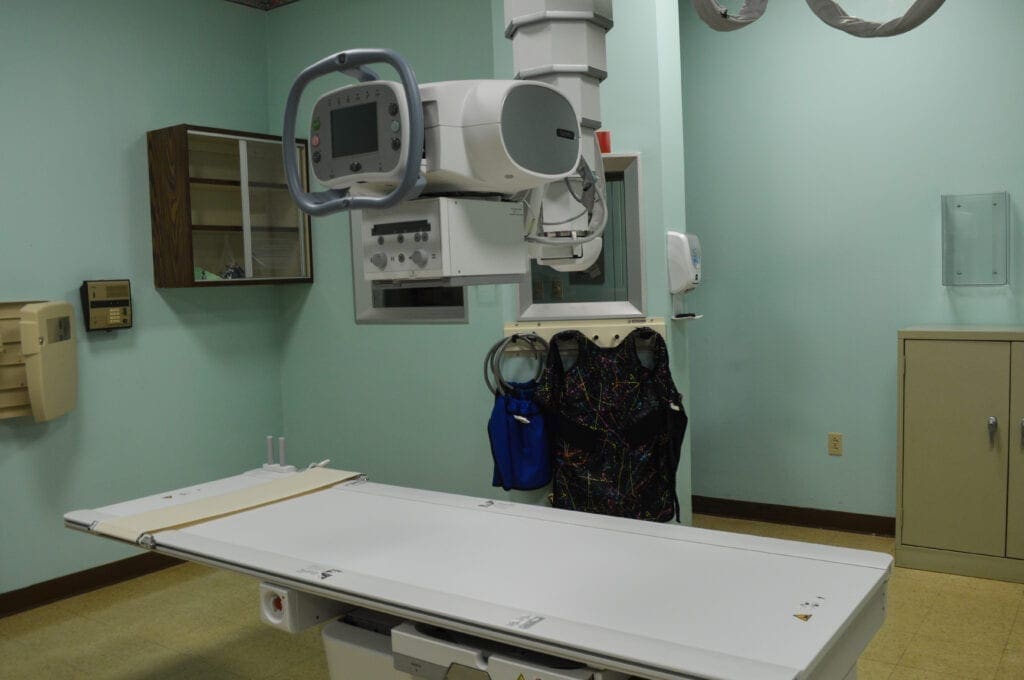
No Date Set
In the very beginning, the goal was, well, for the facility to be open right now, but that was a best-case scenario projection before all evaluations had been conducted on the structure, it’s guts, and what was and was not left behind following the failure of the California-based health care corporation.
But now, Albertini can only speculate that most of the equipment removed is still functional after the hospital’s closure in September 2019, and what was deemed junk was left as debris for those who followed.
“But we are a heck of closer than when I first walked in here back in April,” the COO said. “All of the department directors are all here, and we have brought in a few staff members as well. We have people working with all of our vendors because a lot of supplies still have to come into the hospital before we open. I mean, right now, we don’t even have a single bedpan.
“So, we are in the process of getting in the supplies that we will need, but it’s all new vendor contracting, so it’s going to take time,” he said. “I am also working on the equipment list, and preventive maintenance is being performed on everything we own and on the new equipment, too. It’s what I call the blocking and tackling involved with getting this place ready.”
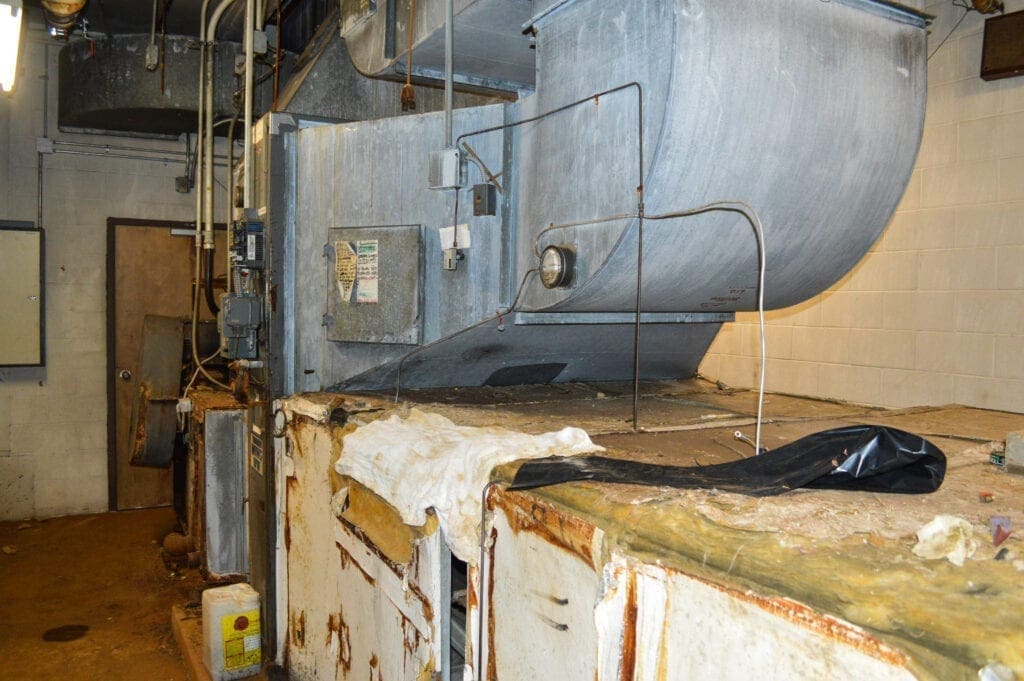
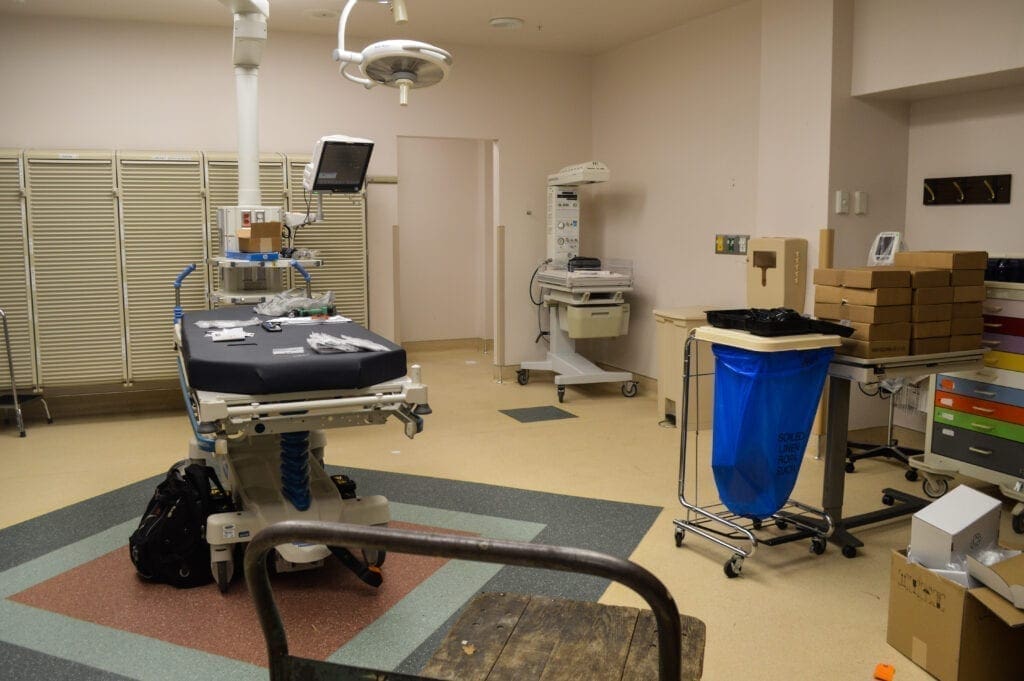
Embracing the Needs
The employment estimate Albertini can offer now for an operating EORH is between 200 and 300 employees across the board, but that number will grow if the facility becomes viable in the Upper Ohio Valley.
The blueprints now indicate not only an emergency room, a surgical center, and a childbirth unit, but also psychiatric care, drug and alcohol rehabilitation, and the return of continuous are included, as well. The bed numbers in each area have fluctuated over the last six-plus months, but Albertini refers to those changes as, “progress.”
“Our plan constantly changes because of issues with the infrastructure, but also because of the space that we have here. We are still looking to do everything that was in our original plan, but alterations have been made and likely will continue,” he said. “We will have 50 beds in our continuous care unit, and that should open as soon as the hospital does, and our drug and alcohol unit will be about 46 beds, and the psychiatric unit will be pretty similar.
“We did expand the plan for the psychiatric unit and that’s because we see the need here in the Upper Ohio Valley,” he continued. “When we started looking at the demographics, we determined there is that huge need here, so we are going to help as much as we can here in Martins Ferry. It just made sense to pivot that way.”

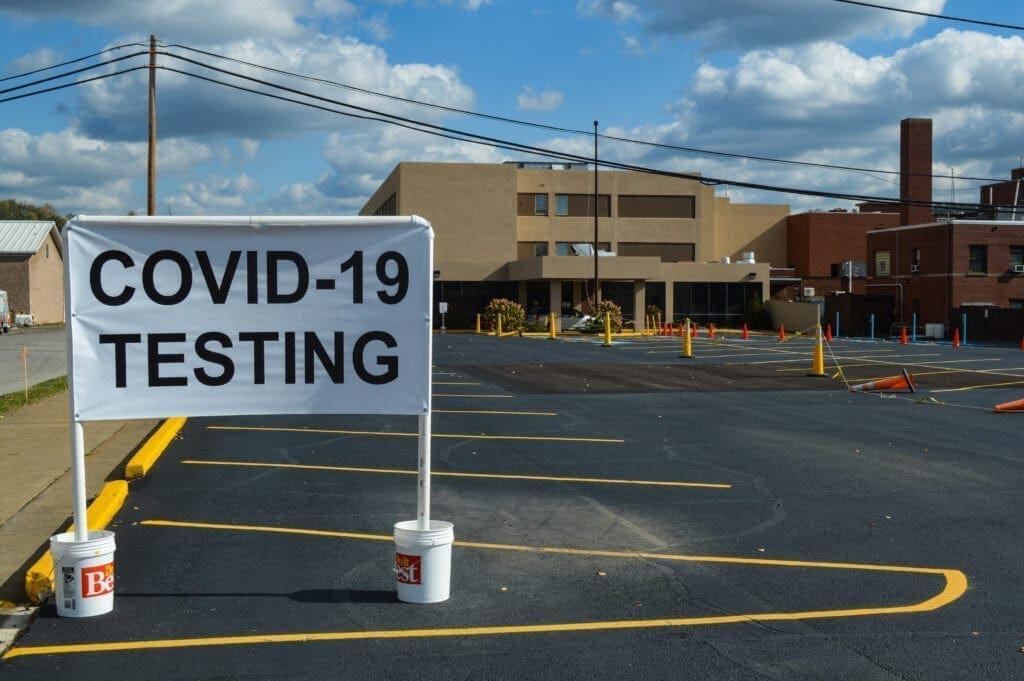
Moving Parts
His pace through the hallways is quick, but Albertini does say hi to everyone he passes along the way.
He knows the stairwell shortcuts and the names of all of his employees, but the man also holds himself accountable by making one “To Do” list after another.
“That’s because the biggest challenge so far has involved logistics, and we are also reviewing everything we have accomplished to this point to make sure nothing is forgotten in this process,” Albertini explained. “And, because the building sat for months, we’re dealing with broken pipes that had not had full pressure on them since this place closed. Now that people are here, though, those things have happened.
“The biggest challenge during the last week is that we are finding some issues with the building’s infrastructure that we were hoping to use during our first year here,” he said. “As far as our budget, we’re pretty close to where we thought we would be, and that’s very good news.”
The state of Ohio’s Controlling Board did approve a $10 million loan for EORH in late September, and Albertini is grateful to state local lawmakers Rep. Jack Cera (D-96) and Sen. Frank Hoagland (R-30).
“We did receive the DSA Loan from the state of Ohio, so that was very helpful. We appreciate the support we received from the lawmakers that represent the people here in Martins Ferry,” he added. “Those dollars will go directly into the hospital’s infrastructure, and that’s very important right now. That $10 million is going to go a long way.”

